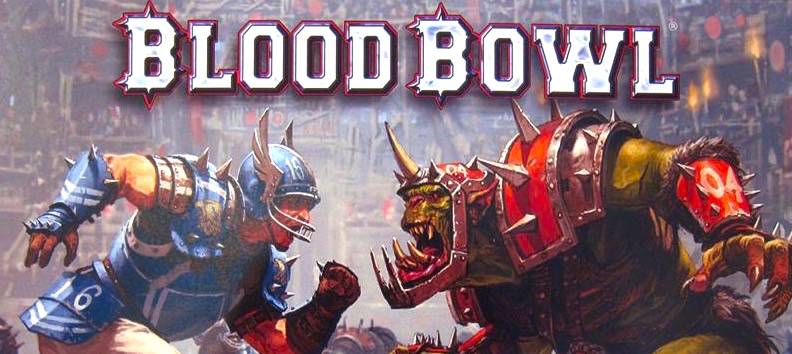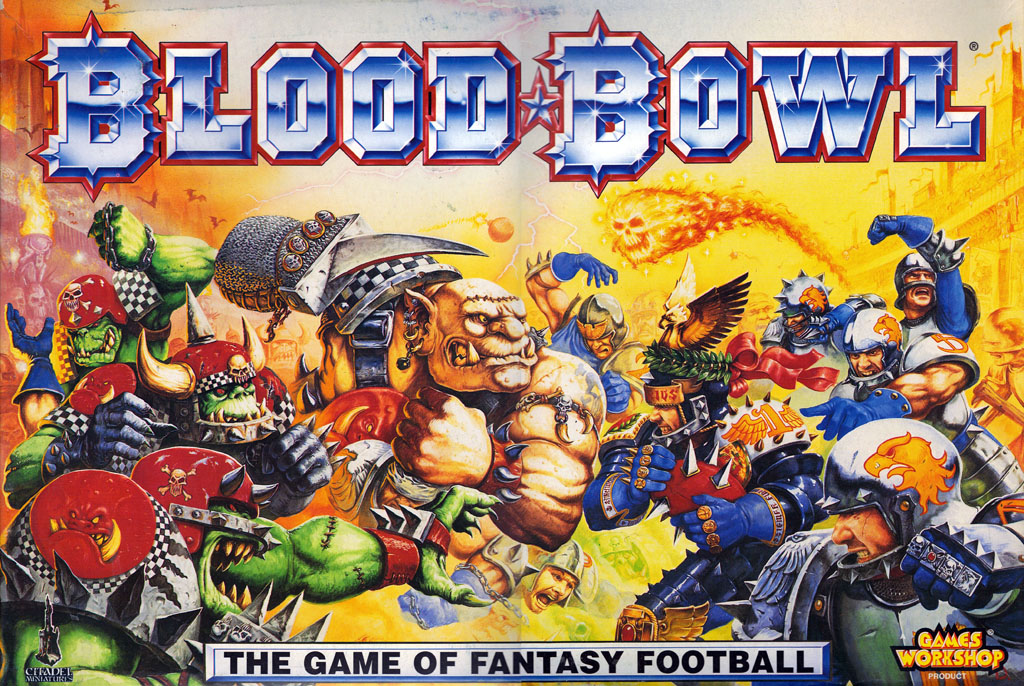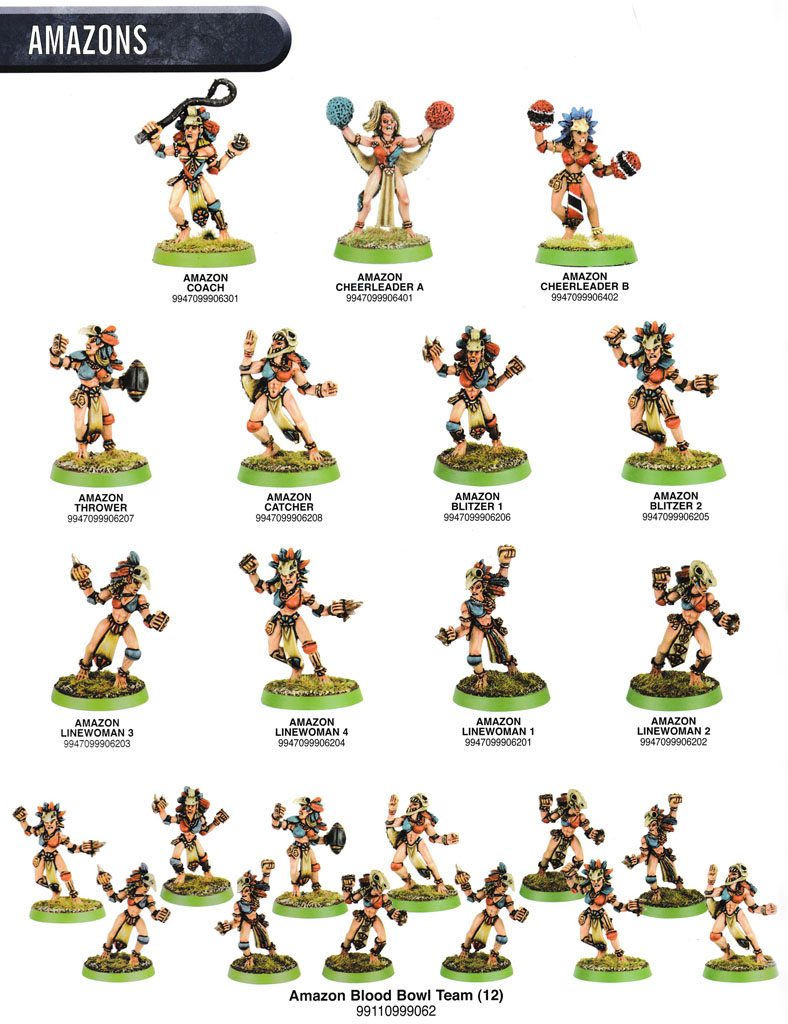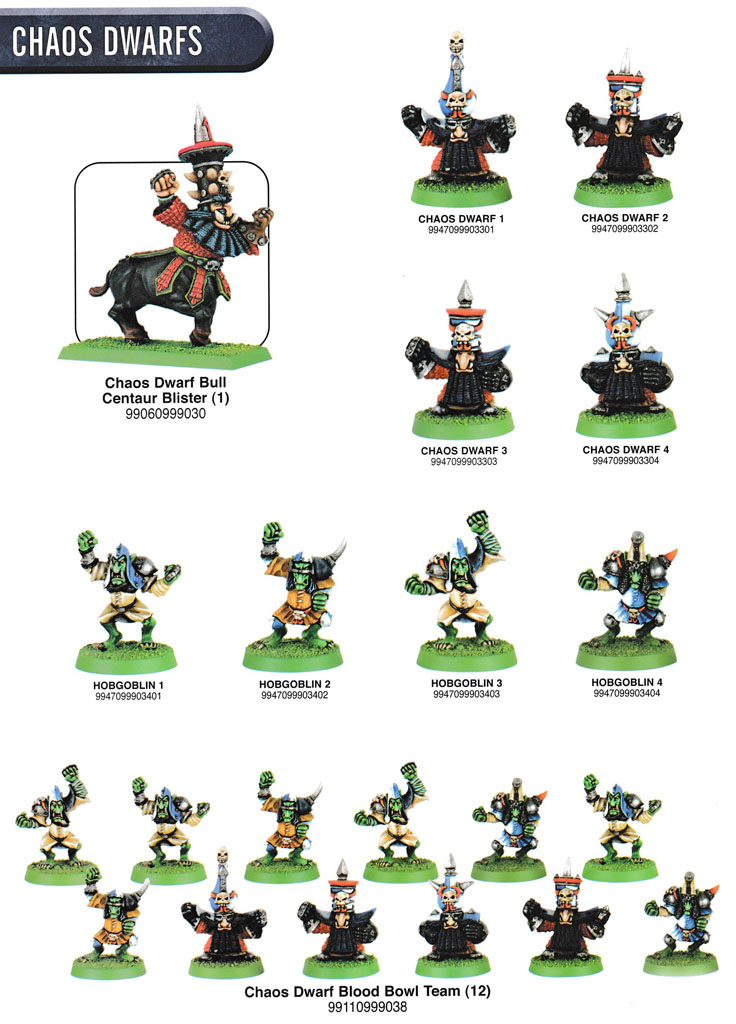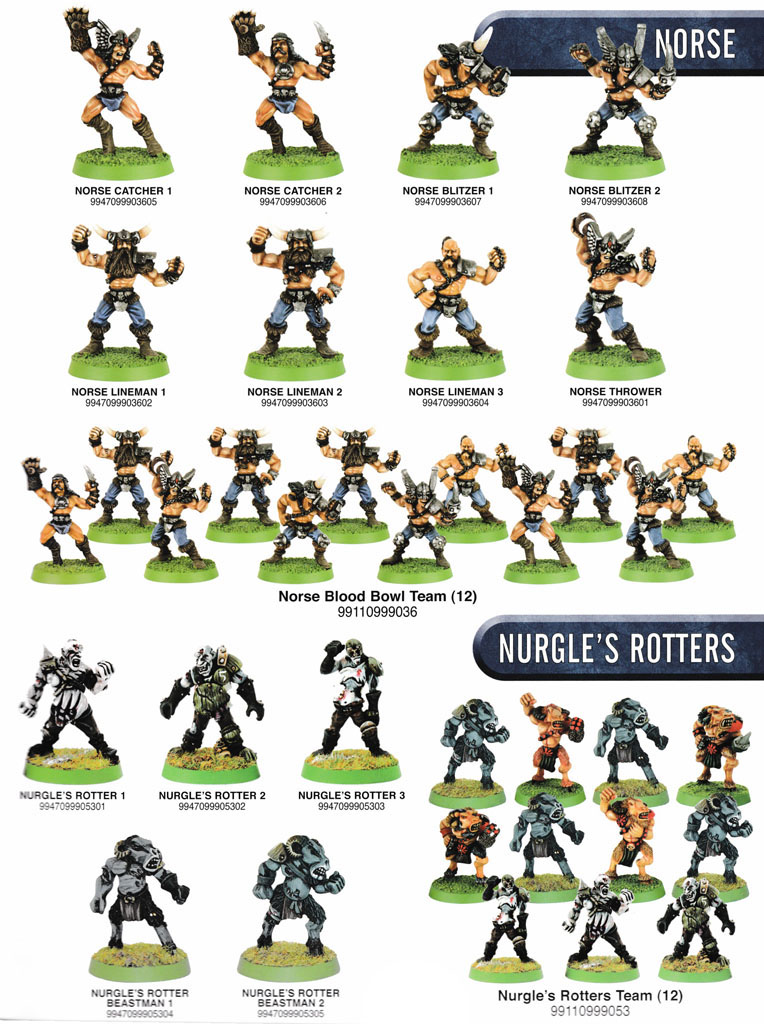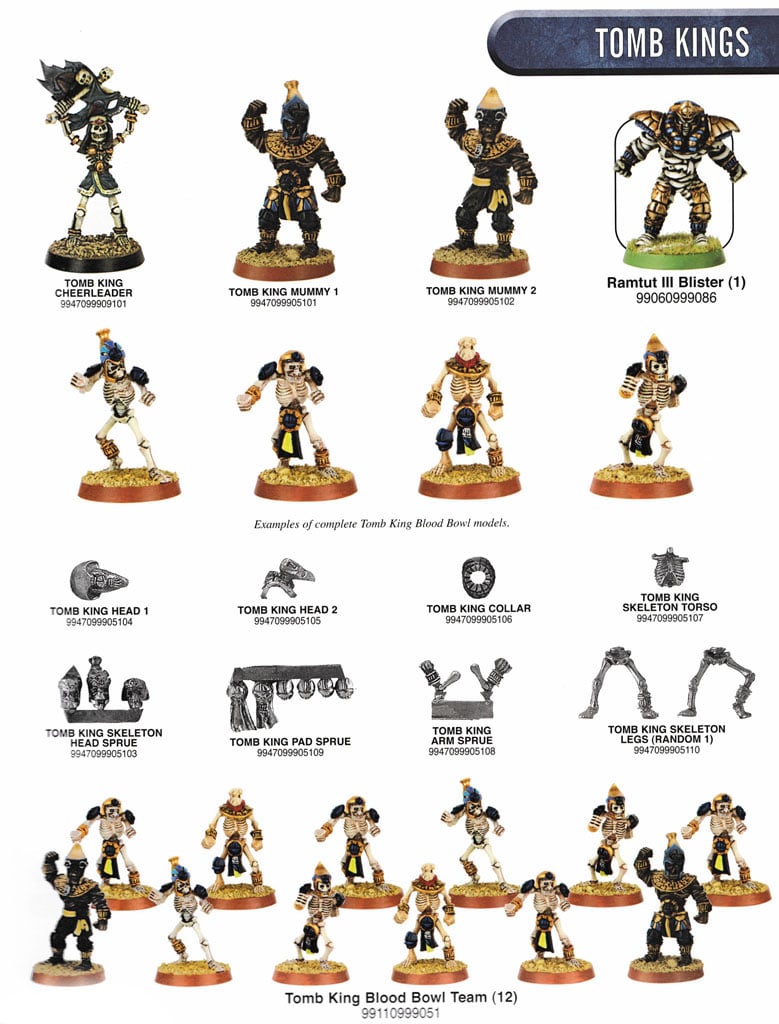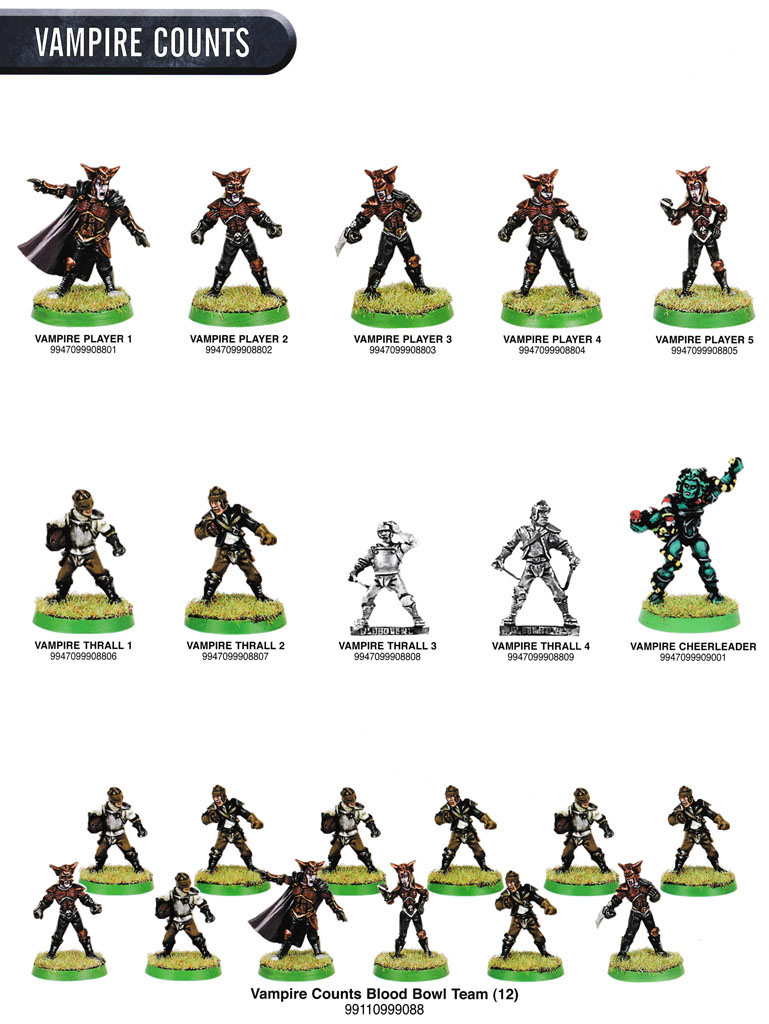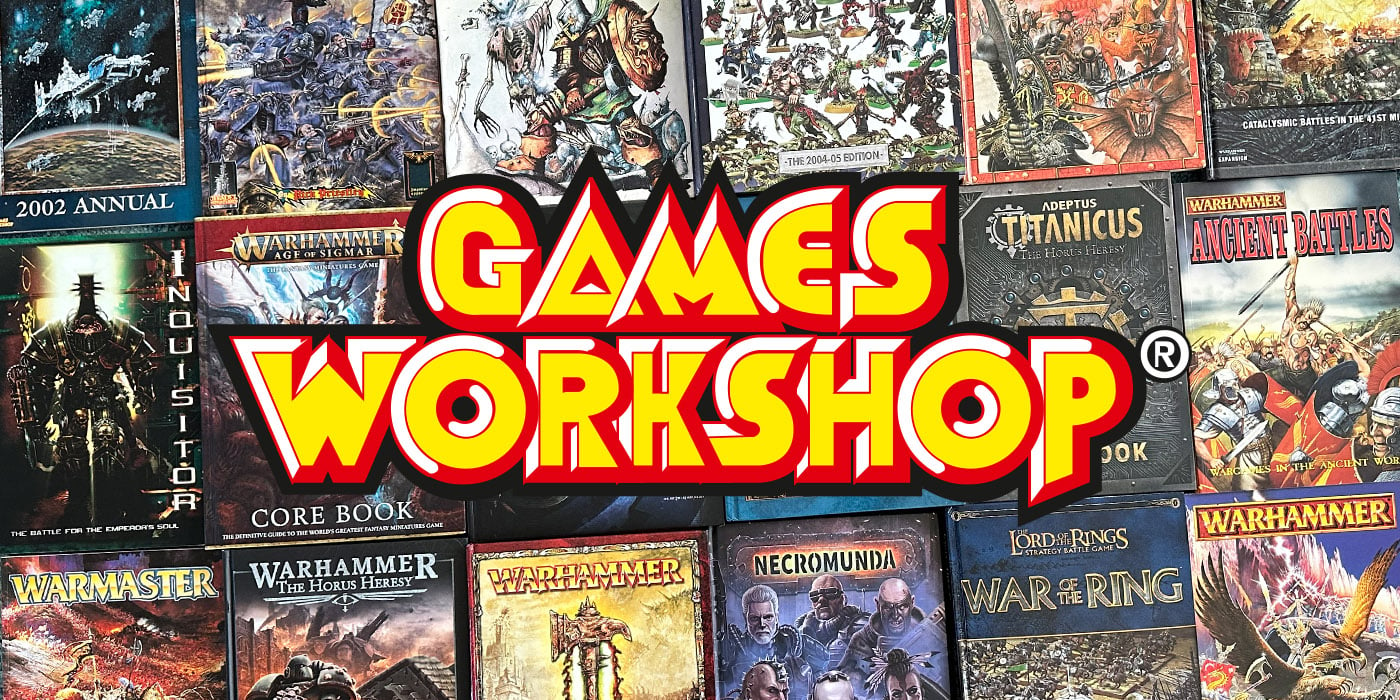Blood Bowl: The Retired Teams
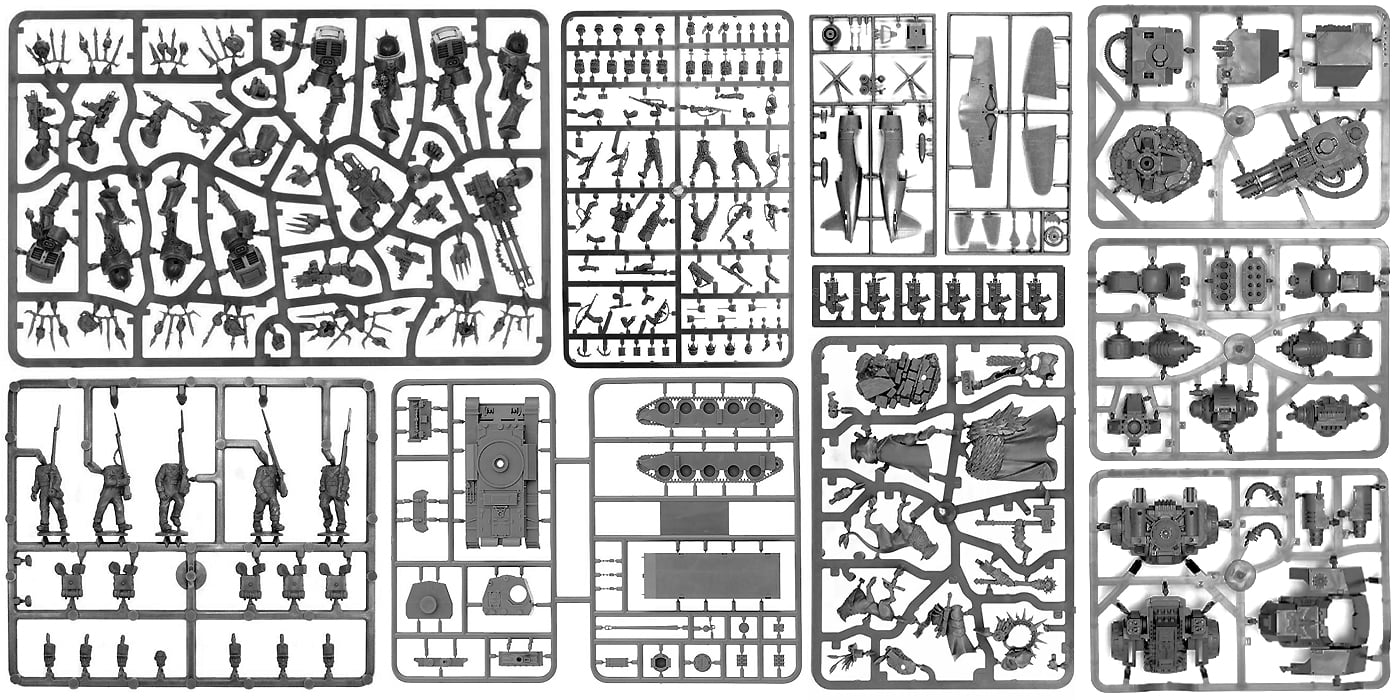

As Blood Bowl prepares for it’s triumphant return we wanted to take a look at some of the teams that probably won’t be coming back.
We know Blood Bowl is coming soon thanks to the GW coverage and videos that are growing by the day. The game has an impressive pedigree, kicking off it’s 1st edition in 1986!
Over the years it’s popularity have waxed and waned as has the attention lavished (or withheld) by GW. Here’s the basics via Wikipedia:
First Edition
Released in 1986, the first edition of Blood Bowl was a simple game that used many of the elements of Games Workshop’s existing tabletop games. Players in the first edition boxed set were represented by small pieces of cardboard illustrated with their likeness. Citadel Miniatures did release metal miniatures to represent players for 1st edition.
Second Edition
The second edition of Blood Bowl, released in 1988, began to move Blood Bowl away from the battlefield mechanics of other Games Workshop systems and toward more brutal sports-oriented play. The game included plastic 28 mm miniatures of Orcs and Humans, with another set of metal miniatures available from Citadel Miniatures to represent most (but not all) of the other races.
Advertisement
Third Edition
A new edition was released in 1994, radically changing the game play from the complex, lengthy second edition game to the simpler, more dramatic third edition game. Key changes were a set number of turns and the turnover rule. These changes increased the pace of the game and allowed it to be played within the span of around 2 hours.
Fourth Edition, rule updates and Living Rulebook
In 2001 the 4th edition rules, with corrections and retitled 4th Edition Gold, were placed on the Games Workshop website as a downloadable pdf file, and Johnson announced that the rules were now “experimental” and announced the creation of the Blood Bowl Rules Committee (BBRC), a group of Blood Bowl players, some GW staff, most not, that would look at the rules once a year and produce new official rules changes and experimental rules for possible inclusion in the future rules changes. The BBRC would meet in October each year, and their first release was the Living Rule Book 1 (LRB1).
Copies of the fourth edition of the game, physically released in 2002, are almost identical to the third edition. All pieces remain the same; distinguishable elements include the 2002 copyright date and the editorial change from two rulebooks in third edition, both with play scenes on the cover (“Handbook” for core rules and “DeathZone” for background information and alternate or optional advanced rules), to the same material (updated to fourth edition rules) in a single “Handbook” (with the Blood Bowl trophy on blue background on the cover).
Advertisement
Fifth Edition
The new edition that is coming shortly, with Humans and Orcs in the box.
The New Edition has a fantastic set of all new miniatures coming with new teams promised. While a new Blood Bowl is set in a somewhat fuzzy the older editions were set in a very different Warhammer/Blood bowl universe than exists now. It’s uncertain where the new edition’s teams will be drawn from. for example might we see a Stormcast Eternal faction one day?
Lost Teams
Enough of the background, we want to give you a taste of some of the older teams that probably won’t make the transition to the new edition for obvious reasons. Let’s go!
Hmm, maybe not the best choice for a team to be brought back into the light of day in 2016…
I would LOVE to see the Chaos Dwarfs return to the pitch, but it would seem a stretch… also no cheerleader!
Now the Rotters should certainly make a triumphant return, but the Norse are probably only icy memories at this point.
If Settra is lost for ever in the sands of Khemri along with his discontinued model range, I doubt the Tomb Kings team is returning.
OK, maybe, just maybe – but I would think a generic Undead team is a safer guess than a specifically Vampire themed team. I think these folks are best left with the memories of Sylvania.
~ Gotta love those Cheerleaders!

